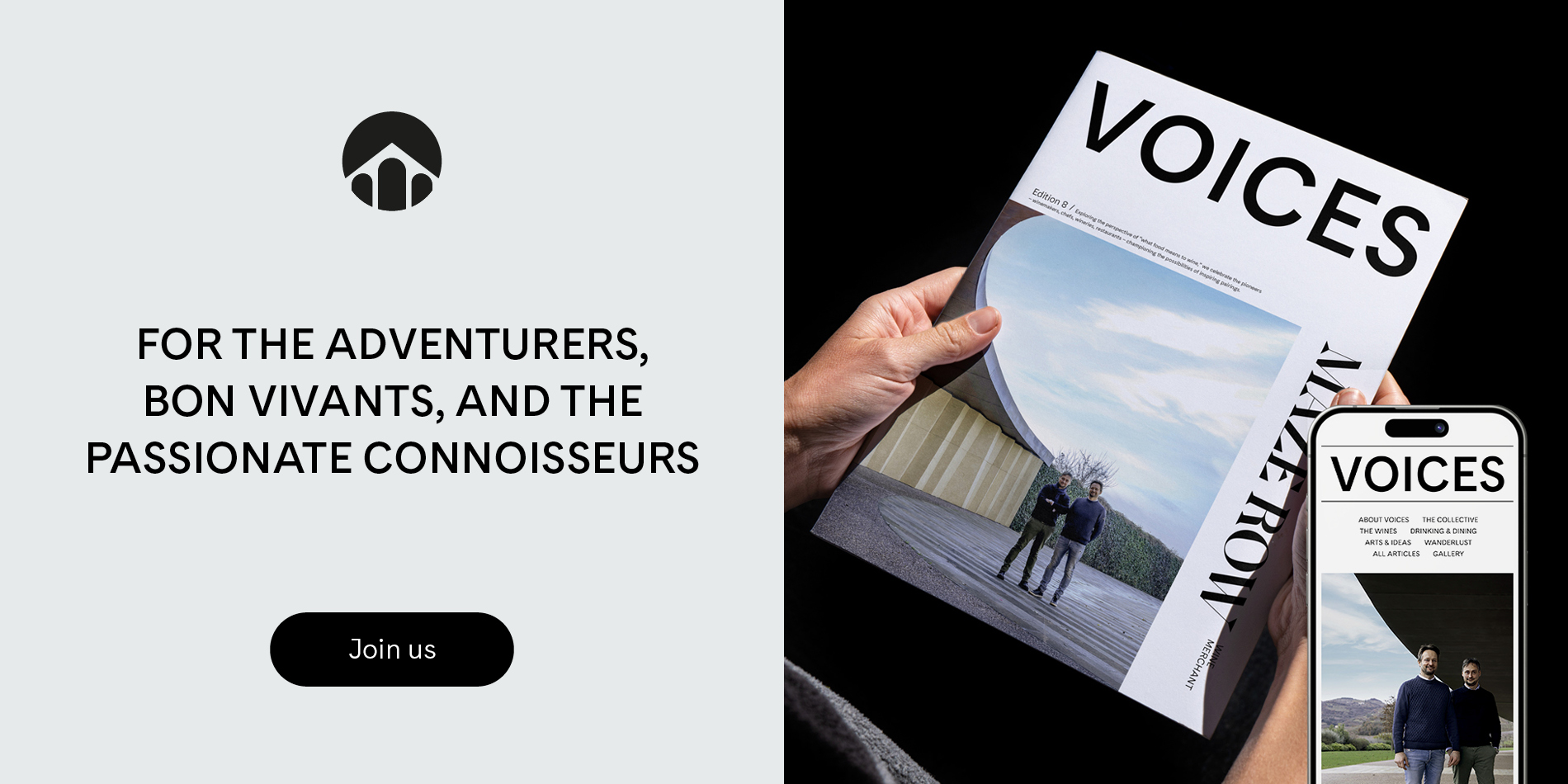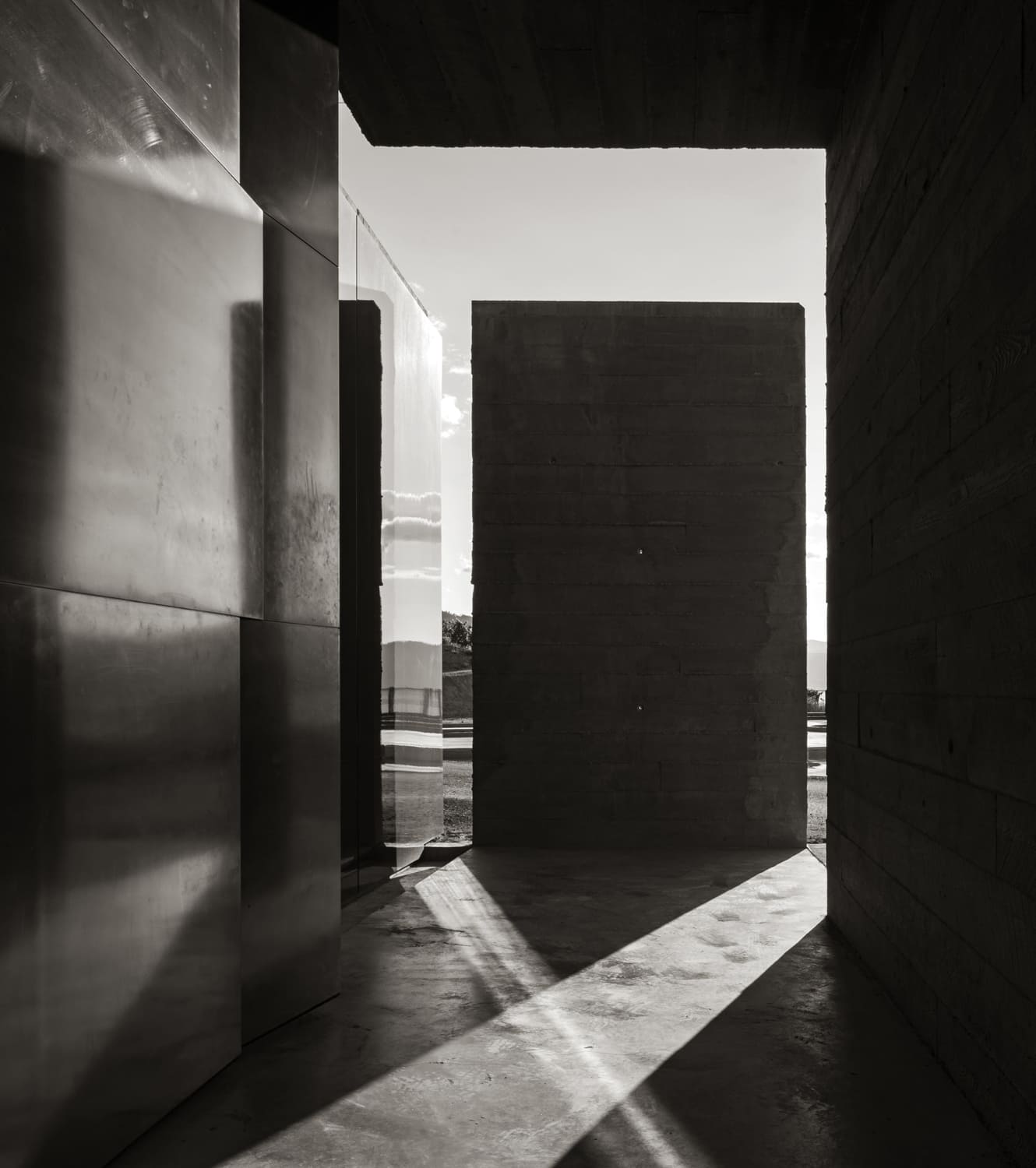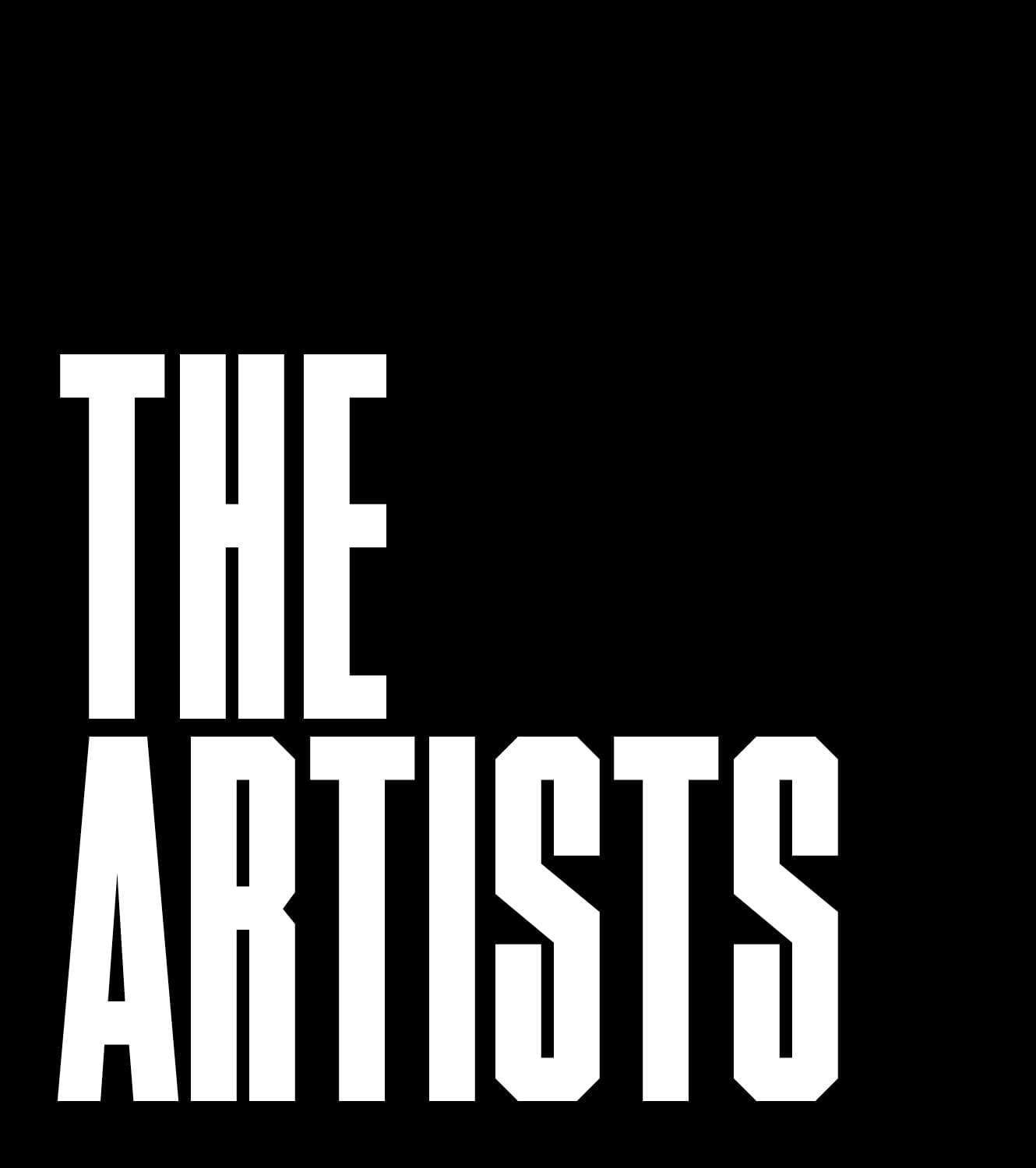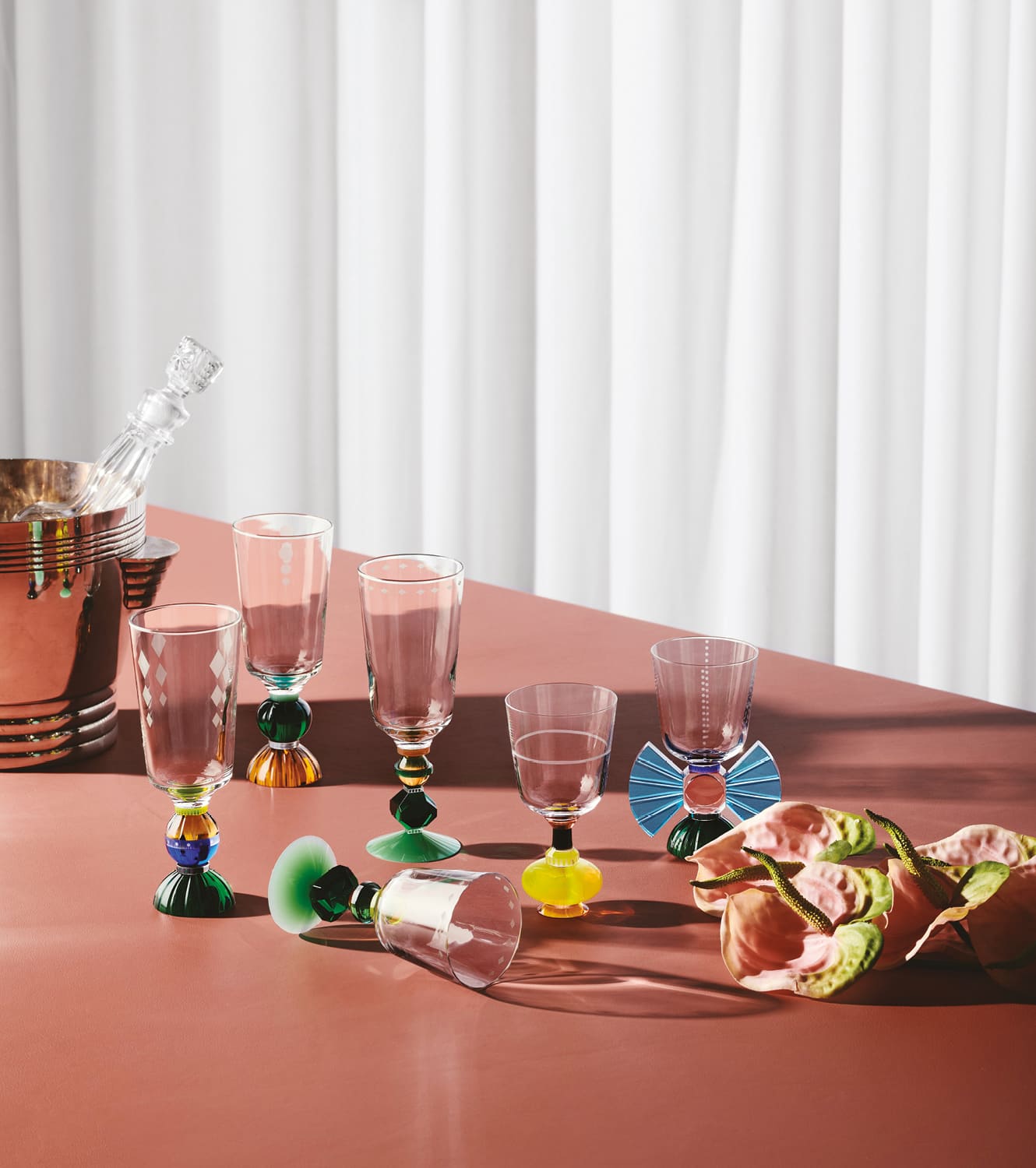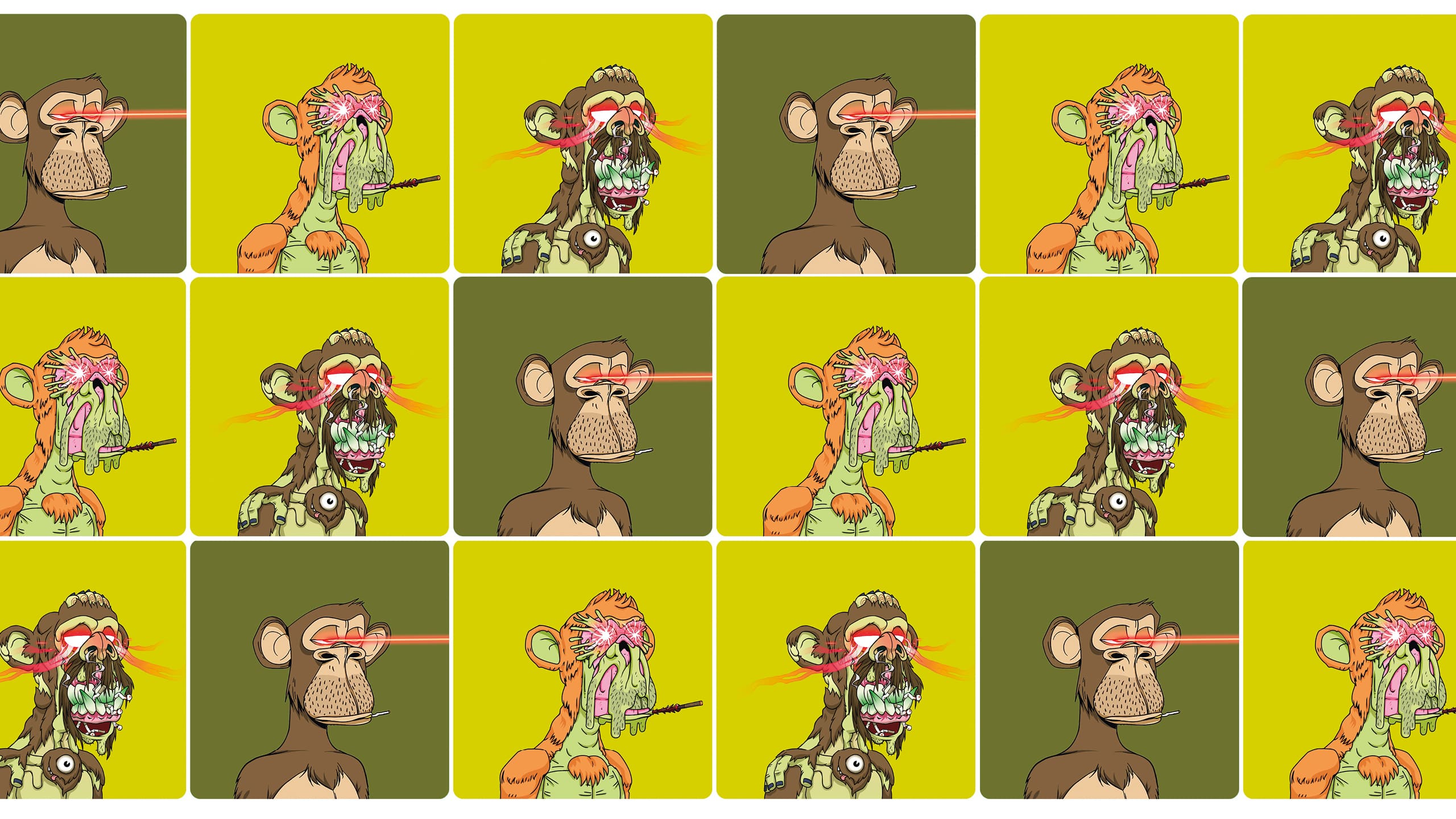
THERE’S A COMING REVOLUTION IN ART, BUT SHOULD YOU GET INVOLVED?
In less than a year, NFTs have changed the landscape of art, yet they remain a puzzle to many. Tom Seymour looks at their staying power in the market
Three cartoons of mutant monkeys, laser beams firing from their eyes, appeared on the screen behind the auctioneer at Christie’s London last October. “Remarkable, aren’t they,” said the man with the gavel. The works certainly seemed remarkable — though few in the room would vouch for their artistic beauty. The apes couldn’t be touched, existing only in what is now known as the metaverse. They were minted in September, meaning they came into being less than a month before they were put on auction.
The apes are the first non-fungible token, or NFT, to come to auction in Europe. Six months earlier in March, Christie’s New York grabbed many a headline when the digital artist Beeple sold an NFT of his combined work for a whopping $69.3 million. The year also saw NFT receive the Collins Dictionary “Word of the Year” — in language, the usage was up by 11,000 percent from the previous year.
Back at Christie’s London , a discreet young man sat at the back of the auction room, raised his arm and with one bid secured the triptych of apes for circa $1 million (the price realized was at £982,500). The buyer was identified as the Bulgarian crypto investor Kosta Kantchev. The NFT was from the series “Mutant Ape Yacht Club,” a variation of the “Bored Ape Yacht Club,” a viral craze created by Yuga Labs, an anonymous collective managed by Hollywood talent agent and manager to Madonna and U2, Guy Oseary. Now, approximately 10,000 apes exist as NFTs. In August 2021, they collectively traded to the tune of $132.2 million.
It’s difficult to imagine a comparable event in wine. An unknown millennial investor, perhaps, spending fortunes on a vineyard in a region of the world unheralded for its viticulture, growing unknown grapes and with a currency no one’s ever heard of. And yet, whilst the investor owns the wine, he’s letting everyone else drink it.
NFTs are a way of proving you own a digital thing. Proof comes via a unique line of source code locked to a blockchain, a type of public ledger for those who trade in cryptocurrency. If digital materials — an image, meme, gif or a video, for example — are minted as an NFT, it then can be owned and traded from one person to the next, even as derivatives are freely viewed, copied and shared across the internet, like any digital creation.
NFTs are generational. They are the creation and preserve of an age group raised on video games and internet culture and who make little distinction between the real and the virtual. For them, there is little difference in owning a painting in a frame hung on a wall, or a bunch of pixels on the net.
Banner image: Three NFT works by Yuga Labs: “Bored Ape Yacht Club #4418”, “Mutant Ape Yacht Club #18836”, “Mutant Ape Yacht Club #18837” in auction at Christie’s London ©️ Yuga Labs at Christie’s Images Ltd. 2022
GENERATION GAMES
“NFTs represent a generational shift for how artists can connect with a new collector community,” says Marc Hartog, chief executive of ART3.io, a new NFT platform for contemporary photographers from the team behind British Journal of Photography magazine.
For those on the older, more traditional, side of the divide, NFTs are a firework; a fad that has suddenly exploded, is dominating everyone’s attention, but will fade into nothing but wasted money and energy. On the new side though, NFTs are a coming force, the new mainstay of the art market. And those brave enough to invest are stealing a march on yesterday’s art buying elite.
NTFs offer young collectors a chance to buy work of artists who are recognizable to their own generation. They do so with decentralized currencies and ownership models that older collectors do not use, do not trust and don’t really understand.
Yet many artists are still struggling to work out how to get involved with this new market. “There is no art gallery show equivalent for NFTs today,” says Bret Kinsella, co-founder of the Niftorian NFT Artist Accelerator, a program designed to teach non-tech artists to create and sell NFTs of their work. “We created Niftorian to help educate artists on the NFT project lifecycle and get new artwork to market.” He adds, “It can be like exploring a foreign territory without a map.”
There are further issues to work out. Chiefly, trading with cryptocurrency, and buying digital artworks currently is not an environmentally ethical pursuit because of its energy consumption. Bitcoin, the world’s most-used cryptocurrency, has a larger energy footprint than the country of, say, Argentina. The UK newspaper, The Guardian, recently reported that the sale of 303 editions of the pop-star Grimes Earth NFT, which involved BitCoin, “used the same electrical power as the average EU resident would in 33 years.”
The technology remains opaque and unfriendly to those lacking a degree in computer science. Platforms such as OpenSea and Ethereum may have received plenty of media coverage, but not many of us, in practice, could easily navigate them in their current form.
Platforms such as Niftorian are launching with this issue in mind. “The program helps artists define a strategy for their NFT launch,” Kinsella explains. “We provide them with the latest data and education about the market and give them information about the mechanics associated with each launch.” Doing this alone right now is not easy, he acknowledges. “There are multidisciplinary requirements. It takes a village to launch a sustainable NFT project.”
There are signs the environmental costs of the new technology will improve. Palm, an emerging blockchain ecosystem used by high profile artists such as Damien Hirst, claims it cuts minting costs and emission — the so-called “gas fees”— by more than 99.9 percent. As the gold rush continues and the technology evolves, more efficient, environmentally viable and user-friendly platforms are starting to emerge.
“The impact of early blockchain technology is currently extremely detrimental to the environment,” says Hartog of NFT’s carbon footprint. ART3.io, he believes, functions on the most sustainable platforms available, noting, “We hope others will follow the same footsteps.”
But one thing is becoming clear. Those who hope NFTs are a firework event might be engaging in wishful thinking. Yuga Labs’ algorithmic apes with their mournful stares may look absurd alongside paintings by David Hockney and Peter Doig or Jean-Michel Basquiat. Yet, they may well be here to stay.
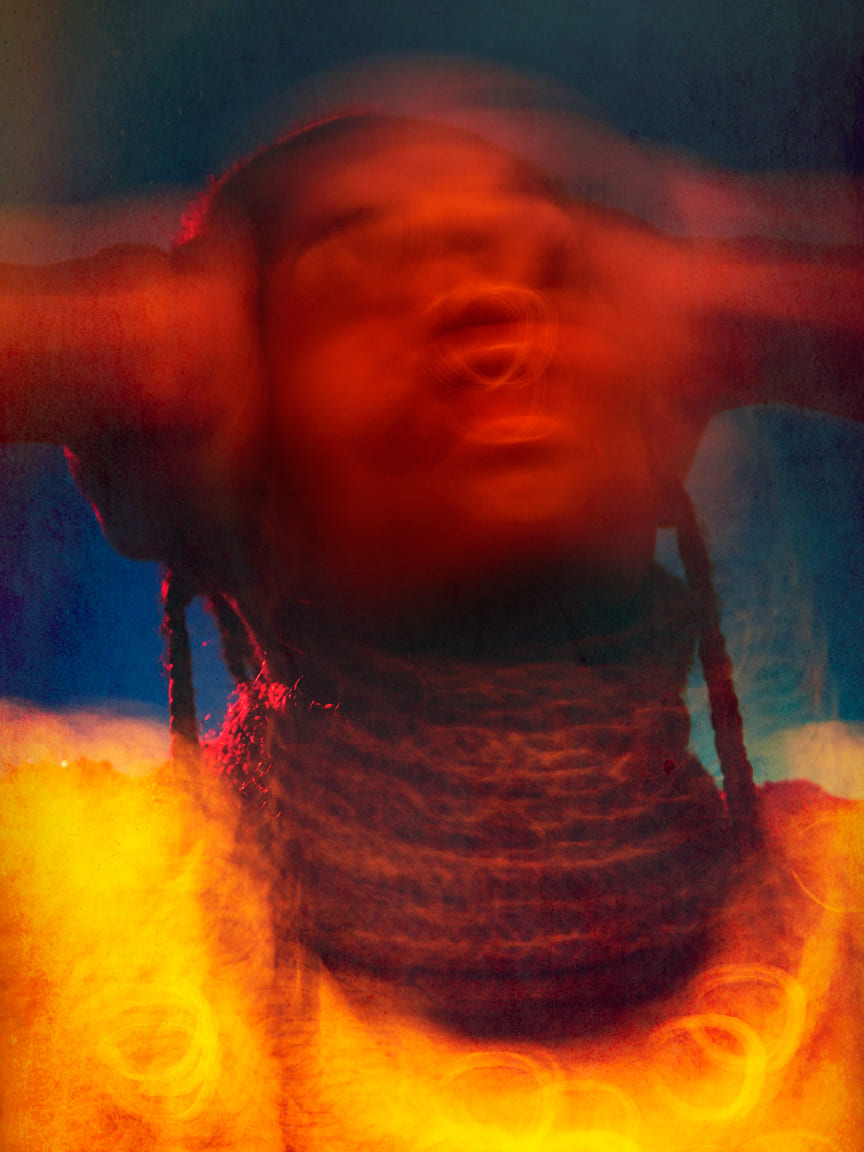
“Edition365,” curated by ART3.io and New Art City, is an NFT collection from 2020/21, the first year of the pandemic: 365 days captured through 365 photographs ©️ opensea.io/collection/edition365
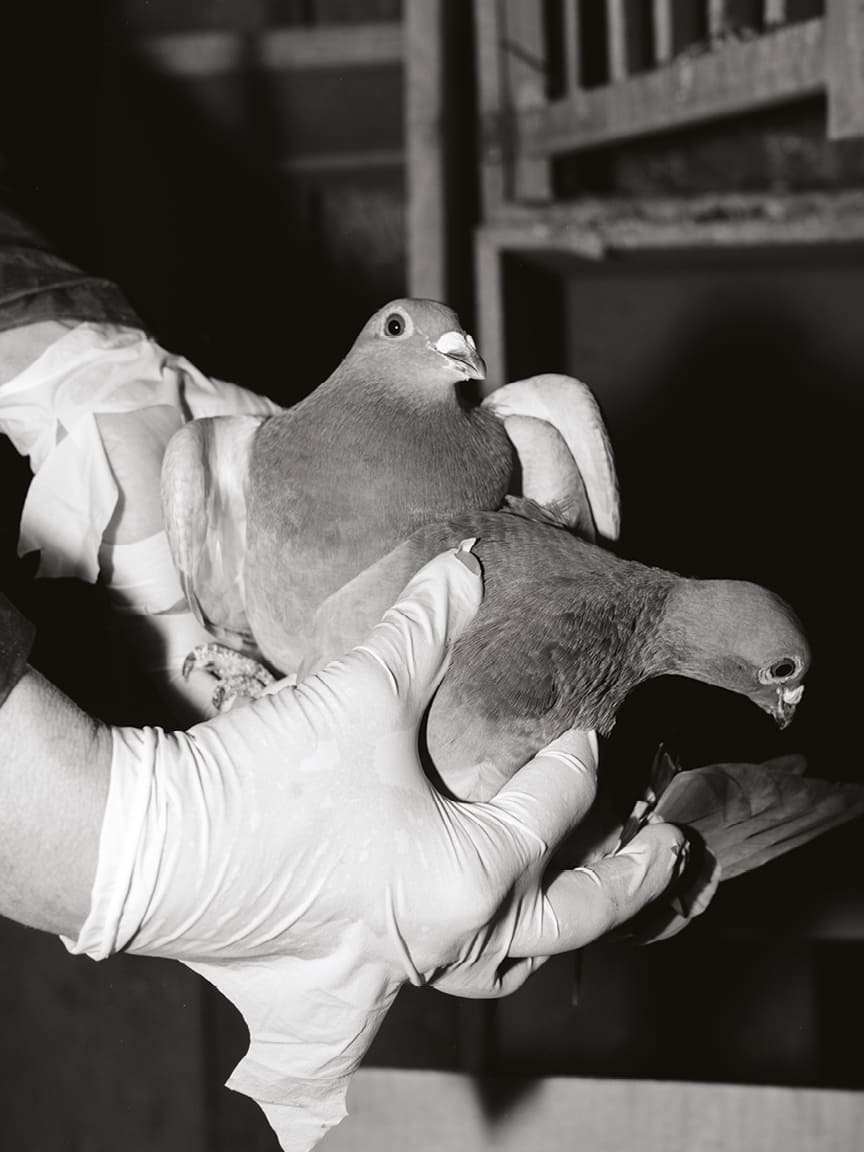
Left: “Tormented” by Akani, right: Elena Helfrecht’s “29.10.2020 14:25 Goodbye” as part of “Edition365” ©️ Akani, Elena Helfrecht
THE NFT LOWDOWN
Nikki Meftah, co-founder of Emergeast, on what’s hot on the NFT art scene
Emergeast was founded in 2014 as a digital-only art gallery. Nikki Meftah and Dima Abdulkader, friends and colleagues with a shared passion for art, had a clear vision from the start: to champion emerging and mid-career artists from the Middle East and North Africa, and to help make art collecting available to a wider community. The gallery now houses more than 75 artists, with 12 official representations. Meftah and Abdulkader offer art consultancy services, curates corporate and private collections and helps place emerging artists in established galleries. And, not surprisingly, Emergeast is finding itself ever more immersed in the world of NFTs. Meftah reveals who she’s been viewing.
Beeple
“Mike Winkelmann, or Beeple, a graphic designer from Charleston, South Carolina, is the artist to blow the NFT space up: one of his first NFTs sold for $6.7 million in February 2021. For a trade of that scale — for art that doesn’t physically exist — was a big, destabilizing moment for the traditional art world. He’s now one of the top three most valuable living artists. Any investment in his work would be good business I think.”
Mad Dog Jones
“Mad Dog Jones, a Canadian artist whose real name is Michah Dowbak, is really fascinating; one of the few artists exploring the liminal space between digital and physical art, and blurring the line between NFTs and traditional art. His series, “REPLICATOR”, which sold at Phillips auction house for $4.1 million, is the world’s first self-replicating NFT — a machine-learning creation that has the ability to independently generate new and unique NFTs, and does so every 28 days.”
Ali Sabet
“Ali Sabet, an Iranian-American artist who hails from California, worked as an art director in advertising for most of his career, painting in his own time as a personal form of expression. He is now the world’s top-selling NFT artist on the KnownOrigin platform and has traded more than 1000ETH worth of NFTs alone on OpenSea. He is especially known for his Pixopop characters, beautiful, painterly depictions of female forms with signature long lashes. Although he’s an American of Middle Eastern heritage, he has a huge following in the Far East, the most buoyant region of the global art market.”
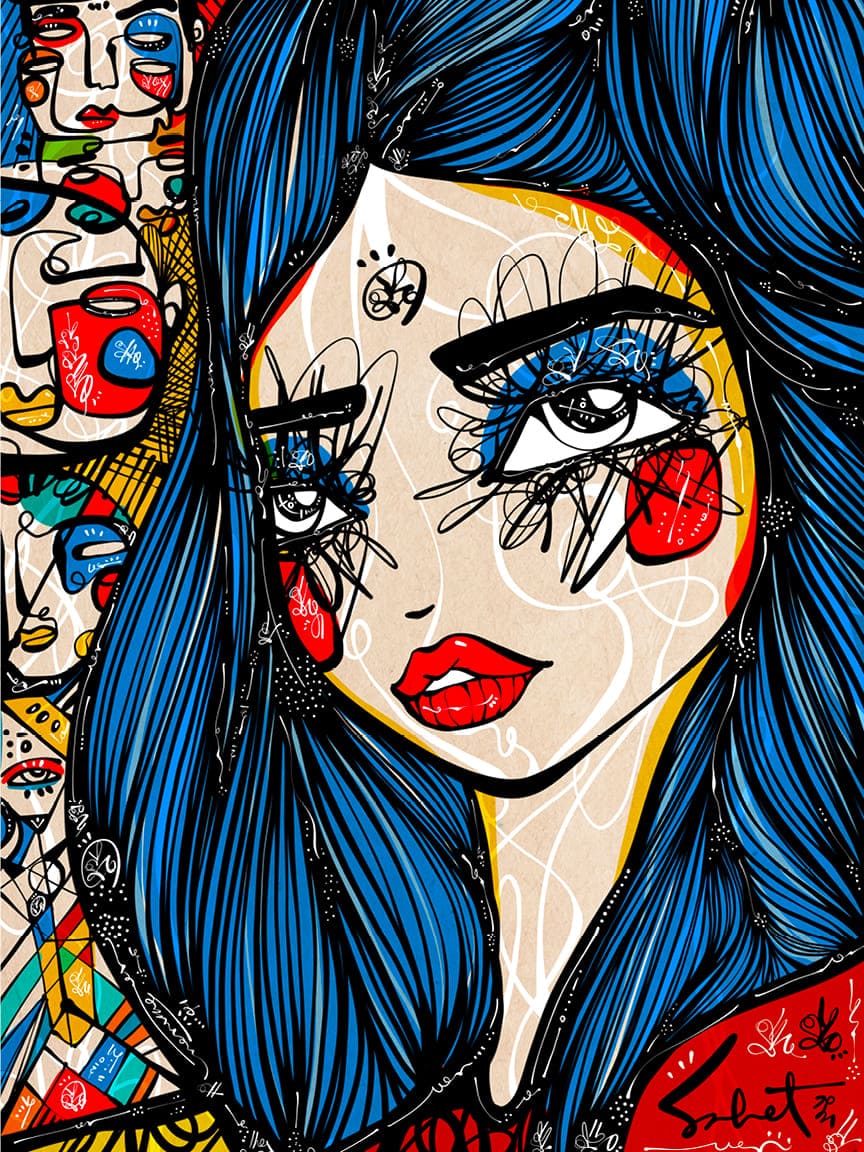
Ali Sabet’s “Dream Waves” (2021), Emergeast. ©️ Ali Sabet
NFT PAIRING
NFTs can be applied to anything from art to sneakers and sushi. Nike recently bought a virtual shoe company to mint virtual sneakers, while “NBA Top Shot” is a dedicated marketplace created by the basketball league for trading video highlights of its players. The wine world, too, appears to be flirting with the NFT game. Since all information on the blockchain is up for inspection, wineries have been using the system for over a decade to secure the authenticity of certain bottles.
Now, entrepreneurial winemakers are looking to NFTs to market and promote their wines beyond their regular customer base. In Spain’s Castilla y León region, for example, Màquina y Tabla is using the blockchain for transparency, as a guarantor that the winery is 100 percent sustainable. Last April, Yao Family, the Napa winery owned by former NBA star Yao Ming, auctioned a bottle of its “The Chop” Cabernet Sauvignon alongside a limited-edition NFT.
Meanwhile, during the height of the pandemic, Flavien Darius Pommier of Château Darius in Saint-Émilion, Bordeaux, began exploring NFTs as a way of bringing his wines to a larger audience. He put the label on the BakerySwap platform, linking the purchase of the NFT to a physical wine bottle that buyers could redeem immediately, or collect physically once the pandemic restrictions were lifted.
There is, of course, the volatile nature of crypto to consider, which at one point pushed the price of the Château Darius NFTs above that of the actual wines. But despite the risks, the winery is keen to invest in NFTs and build a limited collection for each vintage.
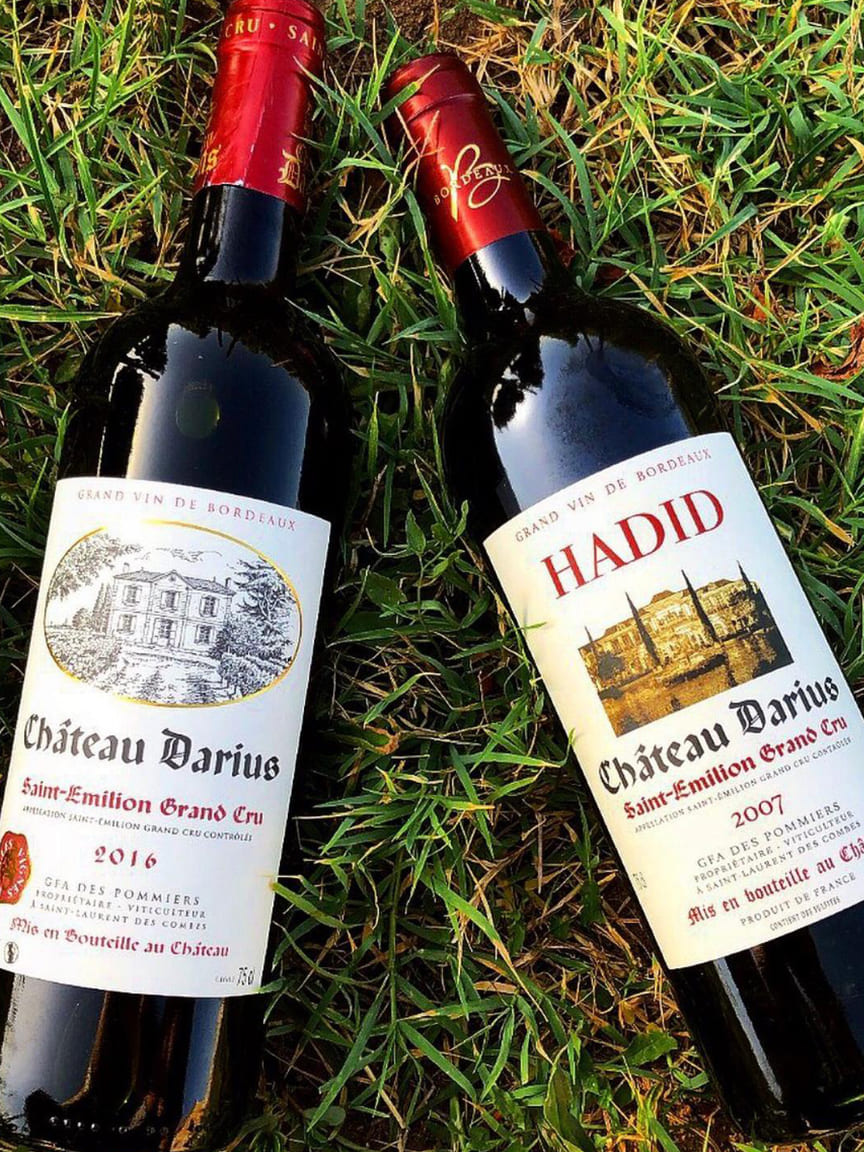
©️ Château Darius
We recommend
TOP TEN VINEYARDS WITH INSPIRED ART COLLECTIONS
From Château La Coste in Aix-en-Provence to the Donum Estate in Sonoma, Theodora Thomas selects the top ten vineyards with inspired art collections
THE ARCHITECTURE OF WINERIES
Can architecture fundamentally alter our wine experience? Some of the world’s finest wineries believe that building design can, as Jonathan Bell takes a tour
SOMMELIERS ARE USING THEIR CRAFT TO OPEN OUR PALATES
Sommeliers and wine educators can open our eyes to new ways of experiencing wine through artistically curated programs that tap into the mind and soul. We speak to a diverse group doing just that
THE WHIMSICAL AND COLLECTABLES: DISCOVER THE LATEST IN GLASSWARE DESIGN
New generations are challenging traditional drinking etiquettes, as Debika Ray investigates the modern world of glassware
